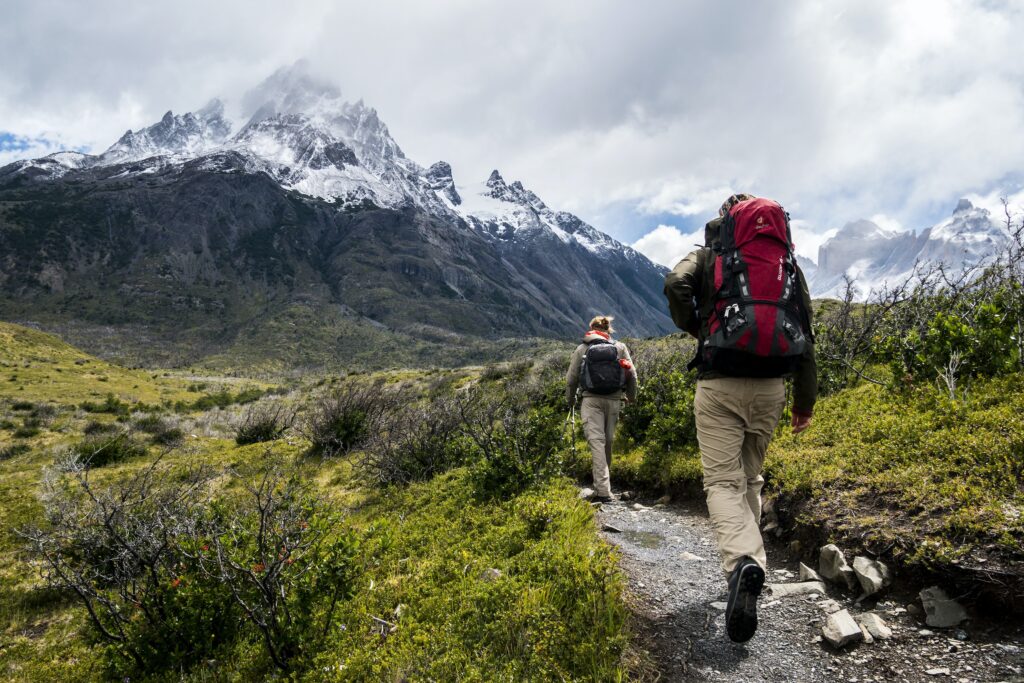Planning a Hiking Trip: Essential Safety Tips for Students
Hiking isn’t your regular walk in the park. It requires careful planning, a bit of training, and a keen understanding of safety protocols. But wait a minute – when will you find the time for all this planning and preparation amidst a pile of essays and assignments? Before you shelve that dream hiking trip, let me introduce you to an unexpected hero: writing services.
Yes, you heard that right a persuasive speech writer can be the magical element that keeps your plates spinning smoothly. By entrusting your essays and papers to these services, you free up precious time to devote to your hiking plans. The professionals handle your academic workload, ensuring top-notch, timely submissions while you focus on researching trails, gear, and safety measures.
So we thought, why not drop some essential safety tips for your upcoming hiking adventures? We’ve got you covered, from picking the perfect trail to packing a next-level survival kit. Strap in, folks. It’s about to get wild!

Choosing the Right Trail
Your hiking trip is only as good as the trail you choose. Start with research. Find out about the trail’s difficulty level, terrain, and length. Use reliable resources like AllTrails or National Park websites. Remember to match it to your fitness level. A difficult, steep hike might be a thrill for some, but for others, it could turn into a dangerous ordeal. It’s okay to start small and gradually step up the game. Don’t forget to check the weather forecasts. Unpredictable weather can cause real trouble. Always check the weather forecast for your hike day.
Gearing Up
The right gear can make or break your hiking experience.
Footwear. Wear sturdy, well-fitting hiking boots or trail shoes to protect your feet from rough terrains.
Clothing. Dress in layers. It allows you to adjust to the varying temperatures during your hike.
Backpack. A comfortable, light backpack is crucial. Overpacking can cause discomfort and fatigue.
What to Pack
Here’s a list of hiking essentials:
Navigation Tools: Carry a compass and a map of the trail. Don’t rely solely on your phone or GPS.
Water and Snacks: Always bring more water than you think you’ll need. Pack high-energy, lightweight snacks like granola bars or trail mix.
First Aid Kit: Include bandages, antiseptic wipes, tweezers, and any personal medication.
Emergency Shelter: A lightweight emergency blanket or a bivy sack can be lifesaving during unexpected situations.
Headlamp/Flashlight: These come in handy if you get caught out after dark. Don’t forget the extra batteries!
The Buddy System
Hiking solo can be a remarkable experience, but when it comes to safety, the ‘buddy system’ wins. Don’t hike alone it’s always safer to hike with a friend or in a group. More people mean more resources in case of an emergency. Also, always let someone know where you’re going and when you plan to return.
Respect the Wildlife
You’re entering their home; respect is key!
No Feeding: Feeding wildlife can harm their health, alter natural behaviors, and expose them to predators and other dangers.
Keep Your Distance: Use your zoom lens for photographs, not your feet.
Leave No Trace
Help protect our natural lands by practicing ‘Leave No Trace principles:
Dispose of Waste Properly: Pack it in, pack it out. That’s the golden rule!
Leave What You Find: Let others experience the joy of discovery.
Respect Wildlife and Other Visitors: We’ve touched on this already, but it can’t be overstated!
Know Basic First Aid
You don’t need to be a paramedic, but basic knowledge of first aid can go a long way. Know how to treat minor injuries like cuts or sprains. Learn to eecognize symptoms of heat exhaustion or hypothermia: These can be real dangers on the trail. Knowing the signs can save lives.
Learning to Read Trail Signs
Every seasoned hiker will tell you that learning to read trail signs is as critical as packing the right gear. Trail markers, or ‘blazes,’ guide hikers along the path, showing the way to go at junctions or across unclear areas. A single blaze usually means to proceed straight, while two blazes (one above the other) indicate a turn based on the offset of the upper blaze. Different shapes, like triangles and squares, can symbolize different paths (main trail, secondary trail).
Understanding Weather Patterns
Understanding weather patterns can help prevent unfortunate surprises during your hike.
Study the Clouds: Certain cloud formations can signal impending weather changes.
Predicting Rain: Sudden drops in temperature or changes in the wind direction can often indicate an approaching storm.
High Altitude Weather: If hiking in high-altitude areas, be aware that weather conditions can change rapidly.

Emergency Preparedness
No one wants to imagine things going wrong, but being prepared for emergencies is crucial. Have emergency contact numbers for the area you’re hiking in. It’s light, small, and can signal for help effectively.
Hiking is about enjoyment, and safety is a significant part of that enjoyment. By following these essential safety tips, you can ensure that your hiking adventure is not just thrilling and invigorating but safe as well.
To Wrap It Up
Hiking can be one of the most fulfilling ways to connect with the natural world around you. It challenges us physically, broadens our horizons, and encourages us to appreciate our planet’s beauty. So whether you’re hitting the trails for the first time or are a seasoned pro, keeping these tips in mind will ensure you have a fantastic, memorable, and secure trip.
Remember, a well-planned hike not only ensures a safe and smooth journey but also amplifies the joy of connecting with nature. So go ahead, let the best paper writing services handle your academia while you pack your bags, strap on your boots, and head for the hills. The mountains are calling, and you must go! With every safe step you take, remember, it’s not just about reaching the top but also enjoying the climb. Happy hiking!
Related Categories
Business
Clothing & Apparel
Digital Marketing
Education
Electronics
Entertainment
Events
Fashion
Finance & Insurance
Flowers & Gifts
Food & Beverage
Games & Toys
Health & Beauty
Home and Garden
Jewelry and Watches
Occasions
Pet
Services
Shopping
Sports And Outdoors
Technology
Telecommunications
Travel
Uncategorized
Women's Clothing



